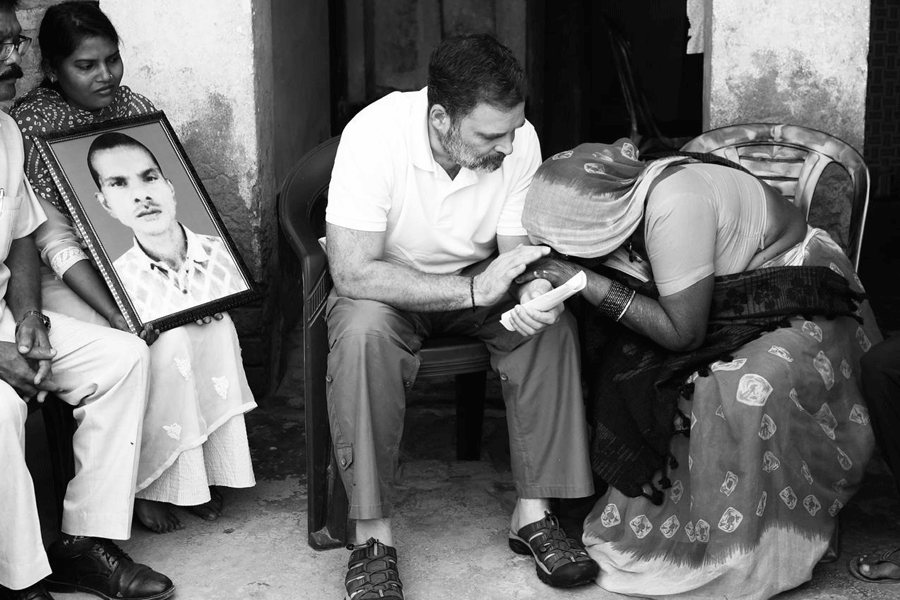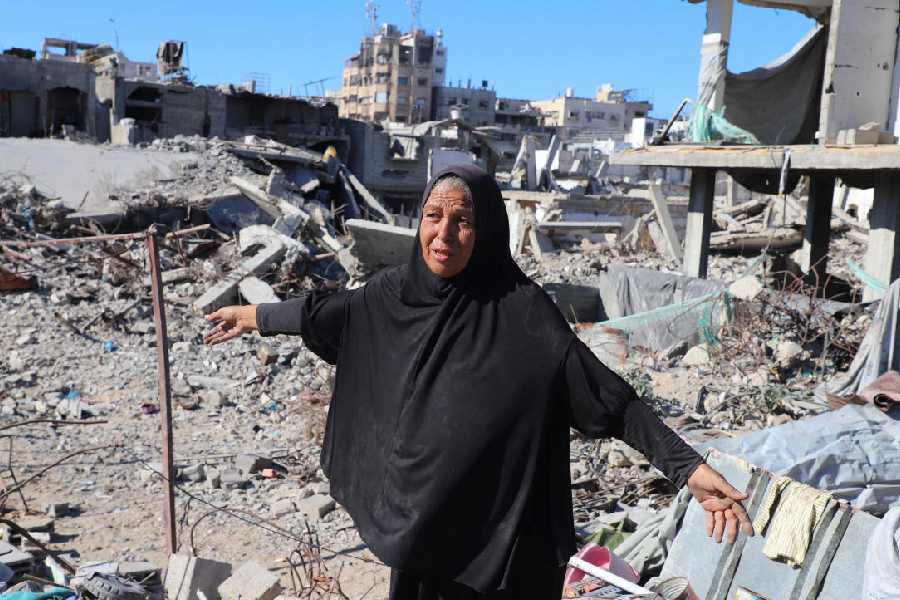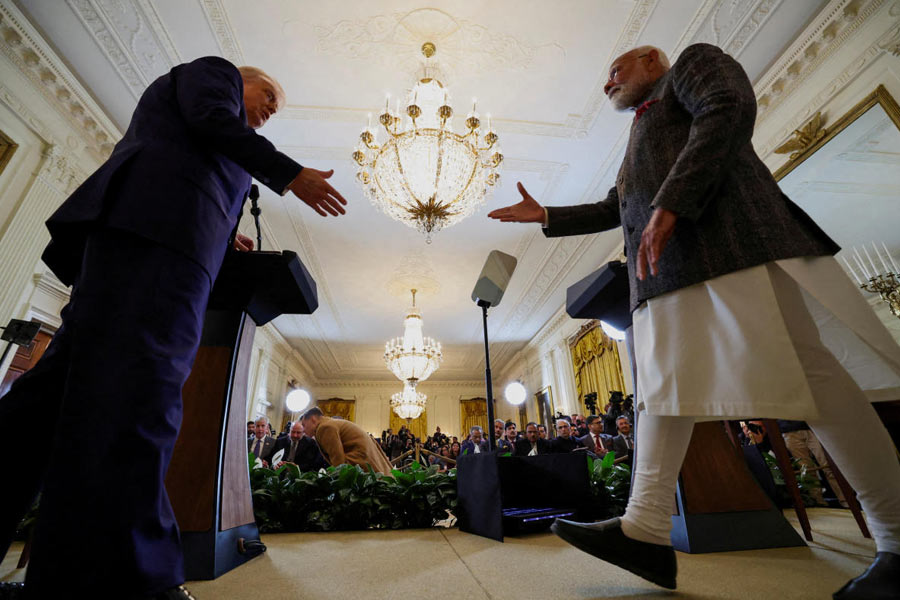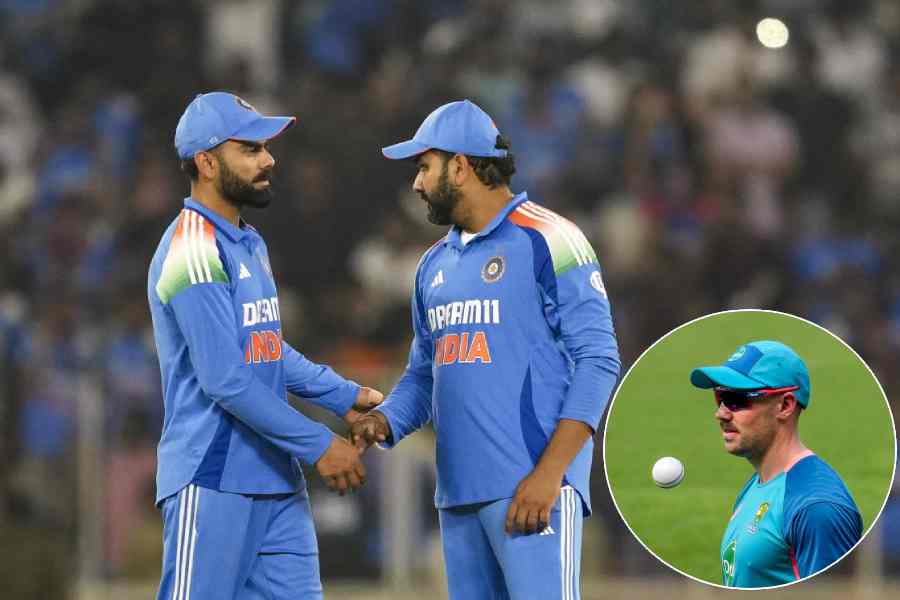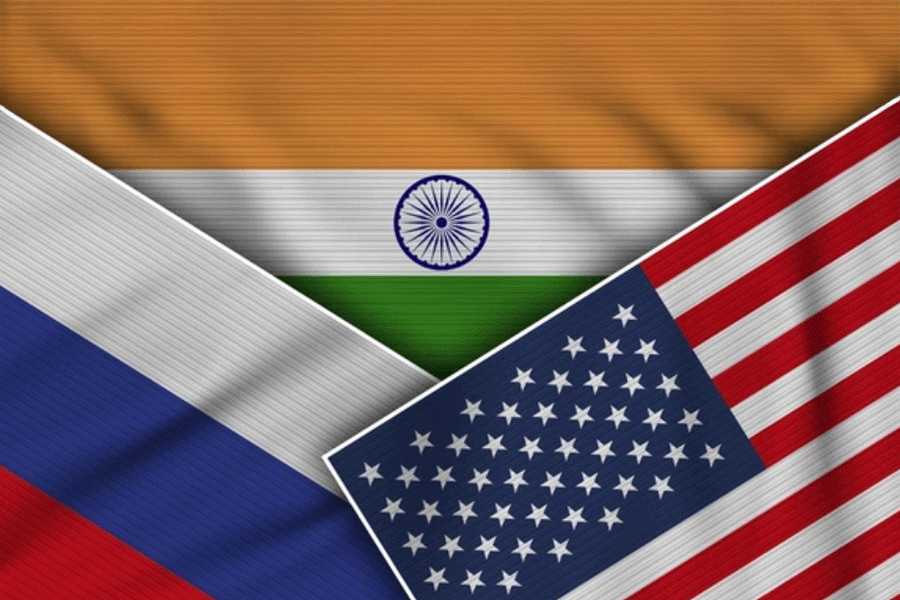 |
| File picture of a suicide attack in Pakistan |
New Delhi, Nov. 15: Suicide bombers are likely to hurt more people at concerts or cricket matches than in religious places or classrooms, a study by a US-based research team that included a Pakistani computer scientist has shown.
Zeeshan ul Hassan Usmani, a Fulbright scholar, and senior faculty members at the Florida Institute of Technology used computational physics and shockwave modelling to determine how crowd patterns influence casualties in suicide bomb attacks.
A circular crowd — typically found in concerts — will have the highest proportion of casualties, while a crowd with people standing in rows is likely to experience the least impact, the study by Usmani, Andrew English and Richard Griffith has shown.
“This line of research could show us how to reduce casualties in an attack,” said Usmani, who will present the findings at the Interservice Industry Training Simulation and Education Conference in the US later this month.
The researchers simulated the effects of an explosion triggered by a suicide bomber carrying two to five kilograms of an explosive in several crowd formations, representing patterns observed in conferences, markets, streets, buses, concerts, hotels, shopping malls, religious places and university campuses.
The worst effect was in circular crowds with 51 per cent fatalities and 42 per cent injuries. The lowest proportion of casualties was observed in row-shaped crowds with 20 per cent deaths and 42 per cent injuries.
“In a row pattern, the impact of the shockwave is reduced by human bodies that function as shields for people behind them,” Usmani told The Telegraph.
The row formation is usually seen in rallies, queues, religious places and classrooms.
The study has also shown that being in the attacker’s line of sight, rushing towards the exit or being part of a stampede are the most lethal choices during an attack or post-explosion.
“People could sit behind objects instead of running or use objects as shields or lie down on the floor to escape flying debris,” said Usmani, whose primary area of research is swarm intelligence, a computer science branch that deals with intelligent behaviour exhibited by unconnected components such as a colony of ants.
The researchers used simulation to predict the proportion of casualties in a suicide bombing based on the distance from the explosion.
The scientists concede that other factors — such as the type of explosive used, the angle of attack and position of the suicide bomber, and objects in the environment — also determine casualties. “This is a preliminary study,” Usmani said.
Future work will seek to simulate secondary effects such as fire and debris from the explosion.
The Florida research team has decided not to make all the study’s findings public. “Some of the information is too sensitive... we want to avoid giving information to bad guys,” Usmani said.
The Florida institute’s work is the latest among a series of independent studies on suicide bombings in recent years in the wake of the 9/11 attacks in the US.


